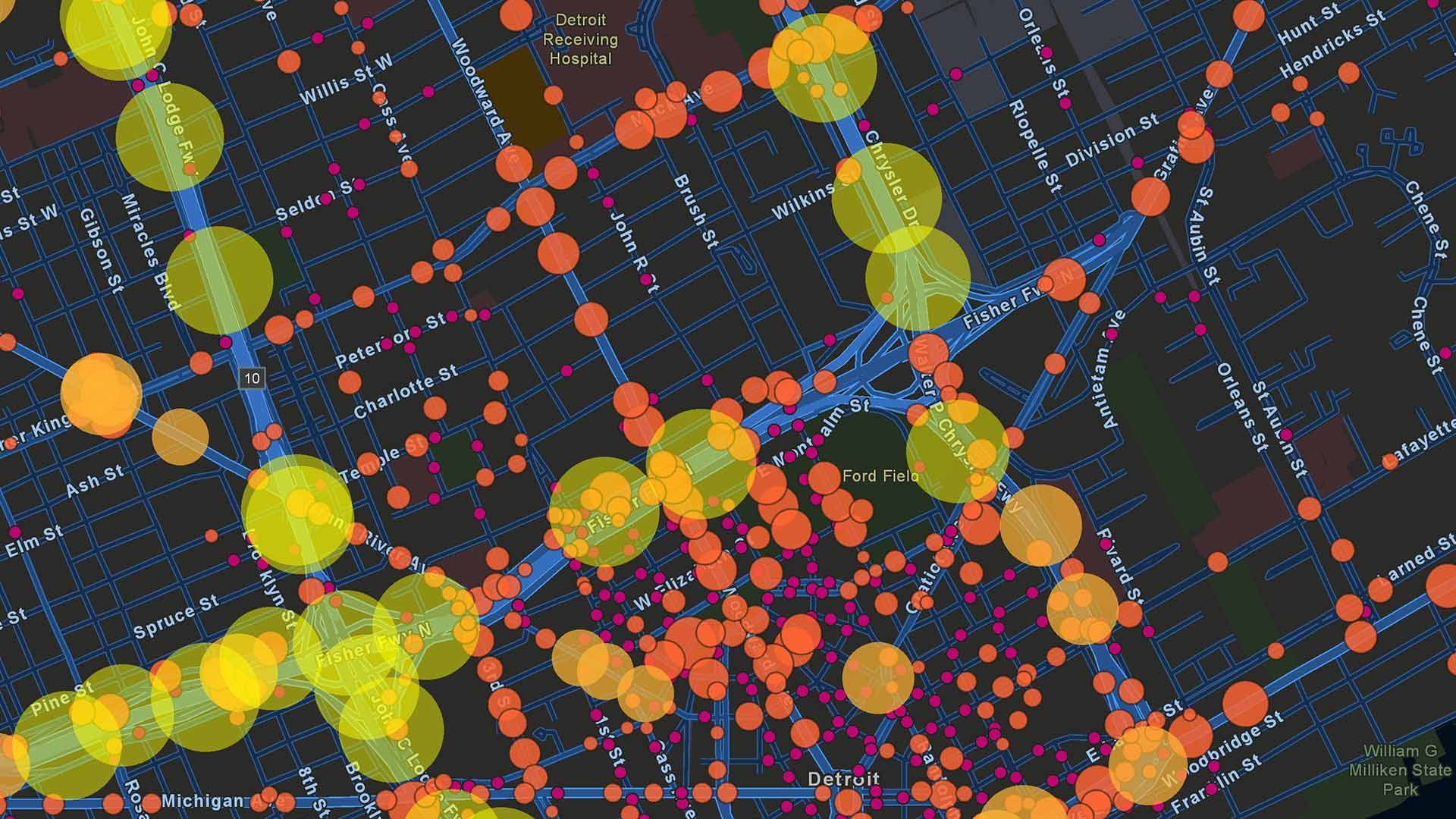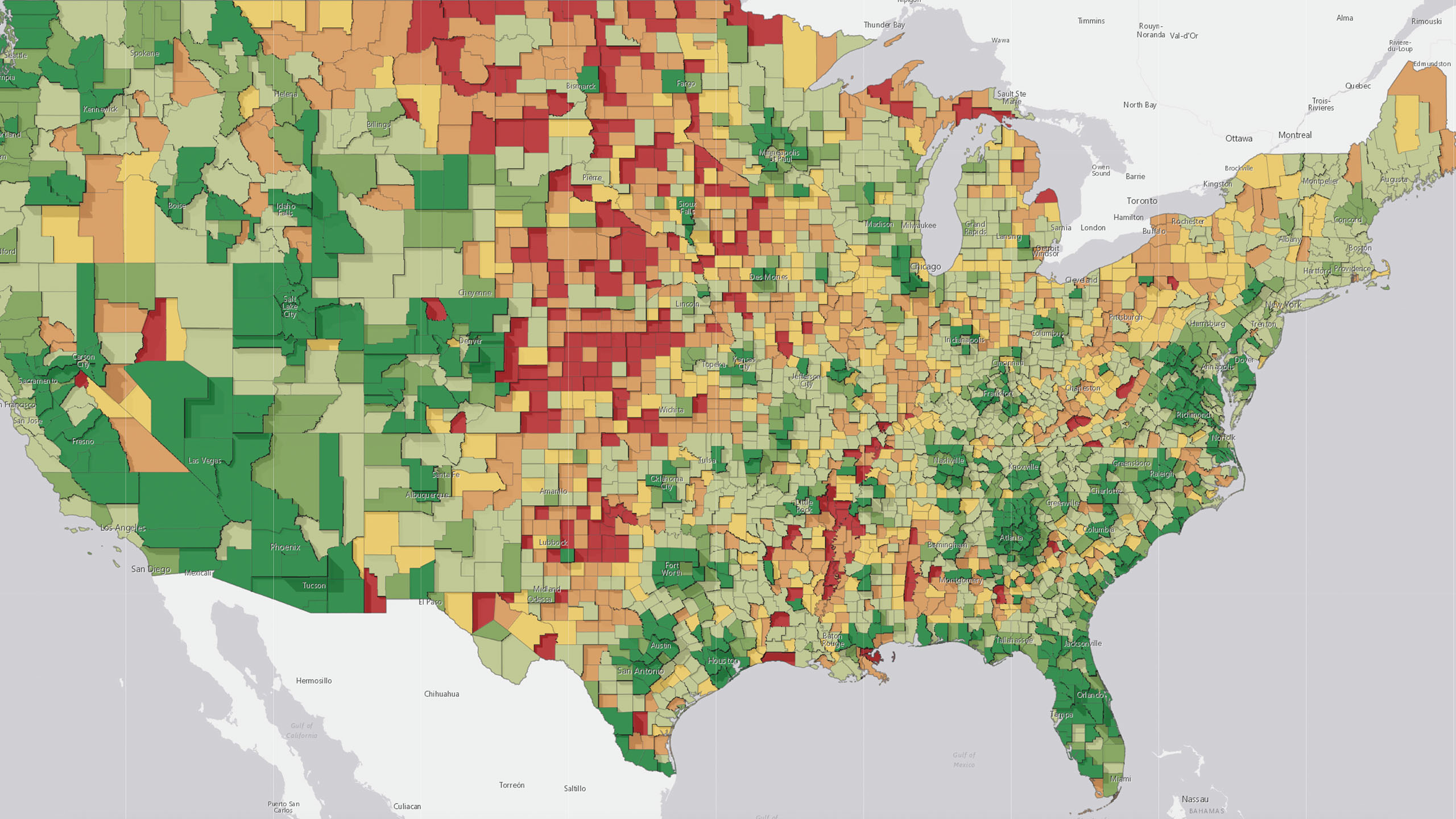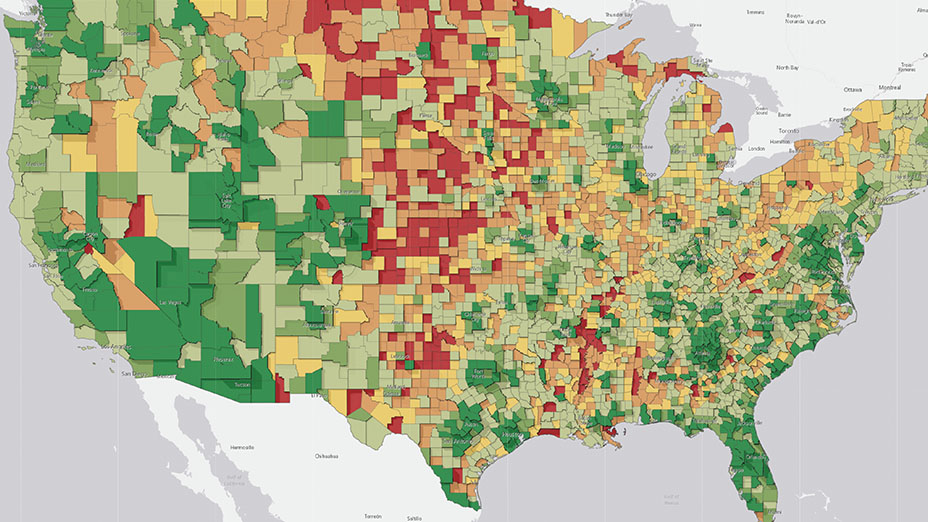Eighty-six million strong, the Millennial generation that largely grew up in the suburbs is now taking over American cities—and changing American business culture in the process. Growth-focused companies that have analyzed the nuances of this shift are adjusting their marketing to target new customers in the right locations, while planning new offices, fulfillment centers, and stores to take advantage of this massive labor pool and new economic force.
In the article, “This is the New ‘Giant Sucking Sound’ You Hear. It’s Changing the Economy and Disrupting Politics,” CNN’s Ronald Brownstein explores the shift:
Reversing the pervasive urban decline of [the] 20th century’s final decades, opportunity is once again flowing into the urban cores of the nation’s largest metropolitan areas… [M]any cities have been revived by an influx of well-educated, affluent, young people, even as communities further from the urban core have struggled to retain those same prized residents.
Brownstein cites a study by the University of Virginia (UVA) that compared 1990 US Census data with 2011–2015 data from the Census Bureau’s American Community Survey. The scope of the research included people living in the urban centers of 50 large US metropolitan areas as well as those living in suburbs up to 30 miles away.
Forward-looking companies are already using the trends documented in the study to shape business strategy.
Locating Educated Workers
Many of those in the newly educated population (i.e. between ages 25 and 34) with a bachelor’s degree or higher have moved to large cities, the researchers found.
In all, UVA calculated, the share of college graduates living at the city center of the nation’s 50 largest metropolitan areas soared by 23 percentage points (to just over half) since 1990, while increasing just 10 points (to slightly less than one-third) in communities 30 miles away.
The CNN article notes that the trend of Millennials congregating close to city centers is expected to continue:
Economist Jed Kolko recently calculated that Bureau of Labor Statistics projections through 2024 point to greater increases in jobs clustered in urban centers and inner suburbs than in lower density suburbs and rural areas.
The projection is good news for Millennials looking for career opportunities—and, perhaps, a signal to businesses that have yet to adjust their location strategies to take advantage of the Millennial workforce. Using tools such as geographic information systems (GIS) to track these trends, businesses can position themselves in the right locations to draw from an educated pool of candidates.
The Center of Economic Advantage
The largest cities in the US are now a concentration of opportunity—not just for companies seeking well-educated young workers, but for businesses eager to reach that same demographic with their products and services. Indeed, the UVA team found that Millennial urbanites have higher incomes than their suburban counterparts.
Across the top 50 metros, the overall income gap has substantially widened: per capita incomes since 1990 have increased just three percent in communities 30 miles out, while rising fully 45% at the city center.
That shift in economic power will mean very different things to different businesses, making effective location analysis all the more critical.
The UVA researchers used Census data and location analytics to describe education and wealth trends in the Millennial generation. Applying similar techniques, businesses can segment markets and understand the demographics of particular geographies. (Explore a complimentary market report to learn more about the workforce and consumer base of any US location.)
Executives who use GIS and other analytics tools to study the locations and characteristics of specific groups are already designing workforce and marketing strategies that complement the country’s shifting realities.











